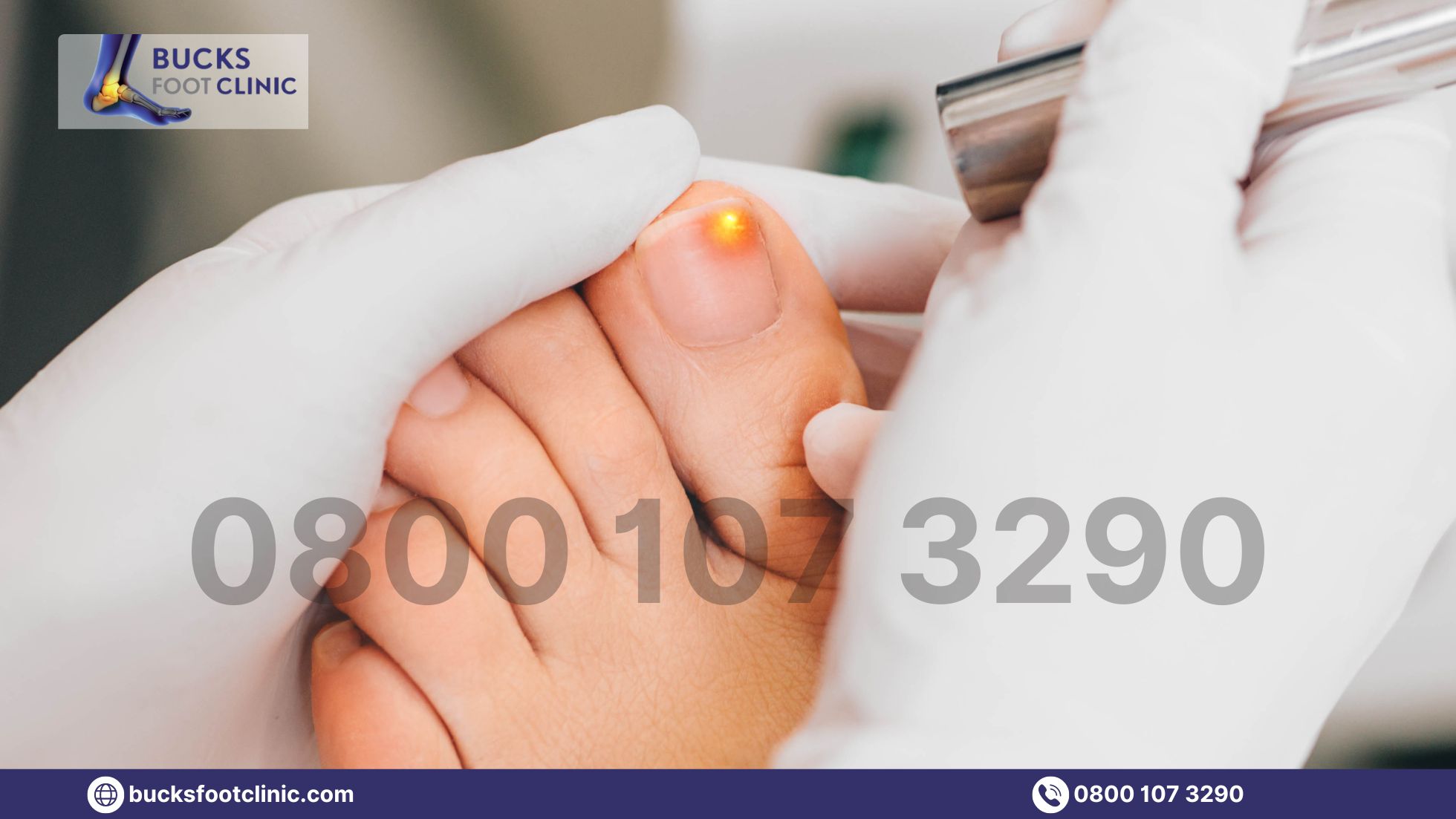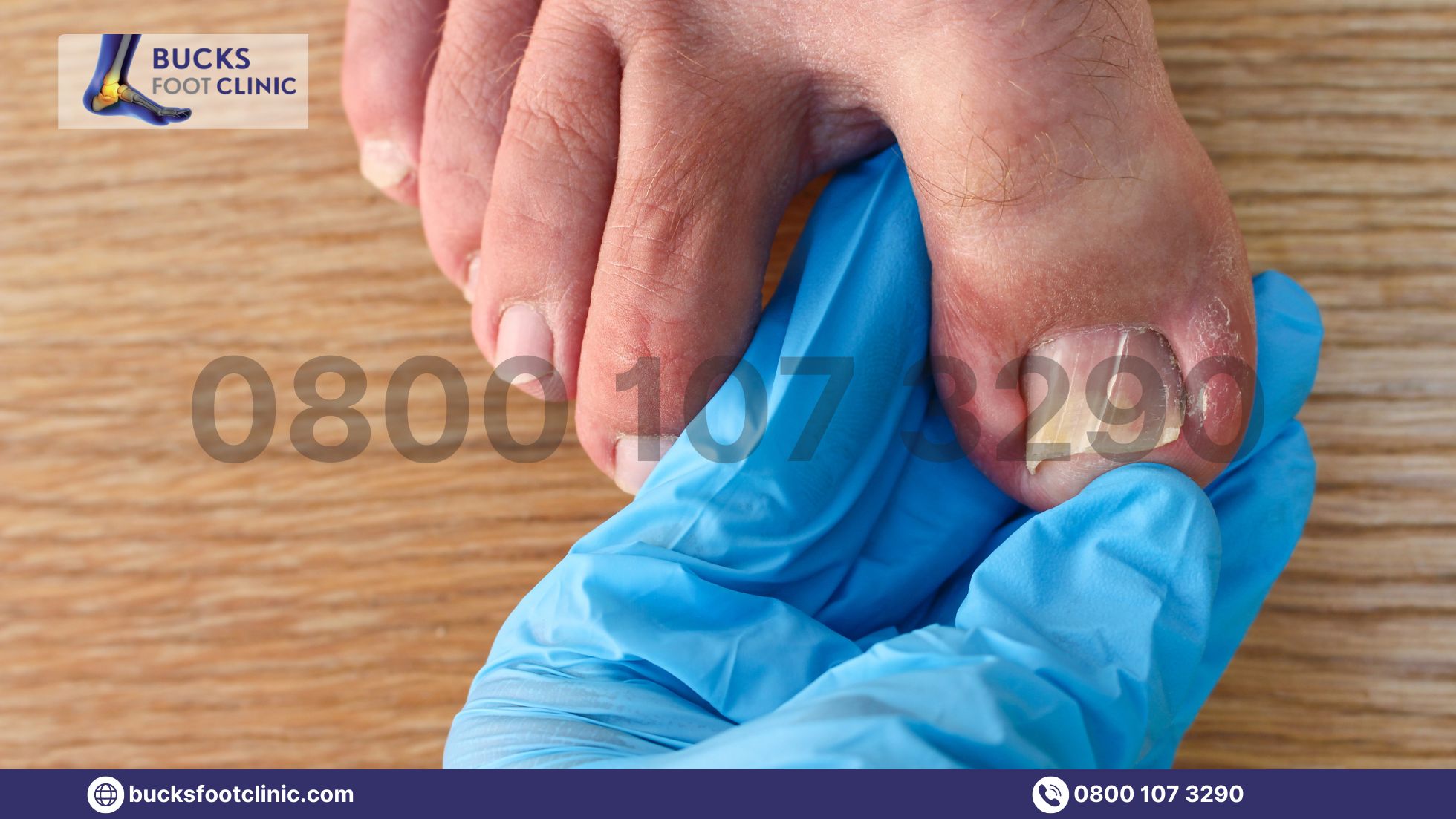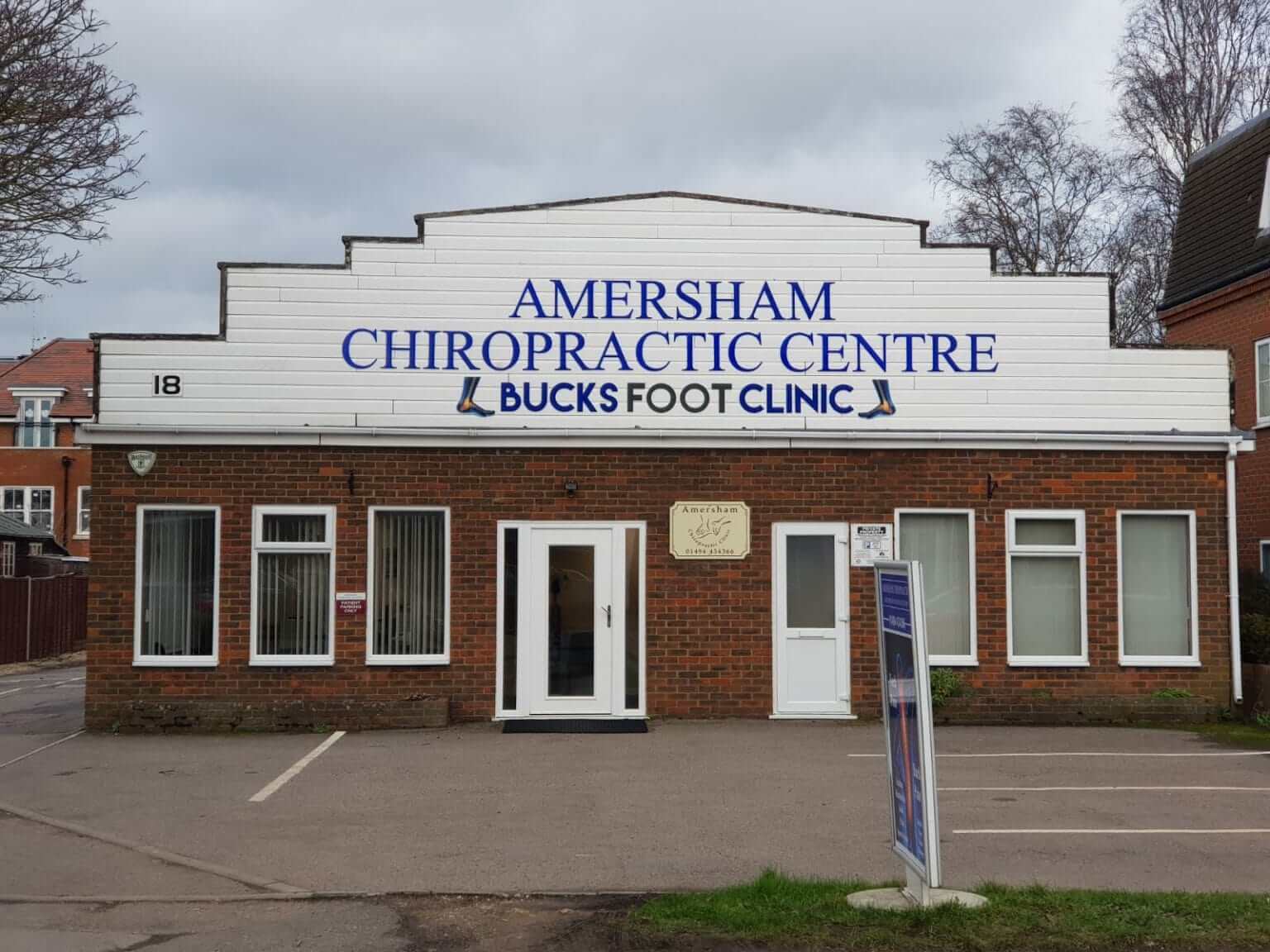If you’re dealing with bunions, you’re likely on a quest for effective solutions to alleviate pain and improve foot health. In the UK, two popular choices for bunion care and management are Caretras Bunion Corrector and Correct Toes. In this guide, we’ll delve into the features, benefits, and considerations of both, helping you make an informed decision for your bunion journey.
Understanding Bunion Care and Management
Bunions, characterised by a bony bump at the base of the big toe, can cause discomfort and affect daily activities. Effective care involves addressing symptoms and preventing further progression. Let’s explore how Caretras and Correct Toes contribute to bunion care.
Caretras Bunion Corrector: Unveiling the Solution
Functionality
Caretras is designed as a bunion corrector, focusing on gentle realignment and pain relief. The device is typically worn inside shoes, aiming to reduce friction and pressure on the affected area.
Use Cases
Ideal for individuals seeking a non-invasive option for bunion care, Caretras is suitable for everyday wear. The device is often recommended for use during specific activities, providing support and comfort.
Bucksfoot Clinic Insights
According to experts at Bucksfoot Clinic, Caretras can be effective for mild to moderate bunion issues. The clinic emphasises the importance of consistency in wearing the corrector for optimal results.
Correct Toes: Natural Alignment for Bunion Relief
Functionality
Correct Toes takes a different approach, focusing on toe spacing and natural alignment. The silicone toe spacers fit comfortably between the toes, encouraging natural toe splay and overall foot function.
Use Cases
Designed to be worn barefoot or in wide-toe box shoes, Correct Toes is suitable for individuals looking for a more natural approach to bunion care. It promotes toe alignment during various activities, including barefoot movement.
Bucksfoot Clinic Insights
Bucksfoot Clinic acknowledges the benefits of Correct Toes in promoting natural toe alignment. The clinic suggests that Correct Toes can be particularly beneficial for those interested in minimalist footwear.
Table of Content
Caretras Bunion Corrector in the UK: Exploring Availability
If you’re considering Caretras for your bunion care journey in the UK, it’s essential to explore its availability and user experiences.
Availability in the UK
Caretras Bunion Corrector is readily available online and in select local stores across the UK. Users can easily access this bunion care solution for at-home use.
User Experiences
Based on user reviews, many individuals in the UK have found relief with Caretras. The device’s ease of use and reported effectiveness make it a popular choice for those seeking a non-surgical approach to bunion management.
Do Correct Toes Help Bunions in the UK? Investigating the Impactmoval Gel
Correct Toes, with its focus on natural toe alignment, has garnered attention among individuals in the UK seeking alternatives for bunion care.
Availability in the UK
Correct Toes is available for purchase online, and some specialty footwear stores in the UK may carry this product. Accessibility may vary, and online platforms often provide a convenient option for acquiring Correct Toes.
User Experiences
User testimonials in the UK indicate positive outcomes with Correct Toes. Many individuals appreciate the device’s contribution to foot health and its alignment-promoting features, especially when incorporated into a minimalist footwear lifestyle.
Bucksfoot Clinic’s Perspective: Insights into Bunion Care
For a well-rounded view on bunion care, we turn to the experts at Bucksfoot Clinic, a reputable name in foot health in the UK.
Clinic Recommendations
Bucksfoot Clinic recognizes the diversity of bunion cases and emphasises the importance of personalised care. Their experts suggest that the choice between Caretras and Correct Toes depends on individual preferences, lifestyle, and the severity of the bunion.
Tailored Solutions
At Bucksfoot Clinic, the focus is on providing tailored solutions. The clinic’s professionals assess each patient’s unique condition to recommend suitable bunion care options, considering factors like activity level, footwear preferences, and overall foot health.
The Importance and Benefits of Bunion Care Products
Pain Relief and Discomfort Reduction:
- Caretras and Correct Toes excel in providing targeted support for individuals experiencing discomfort due to bunions.
- By promoting natural alignment and mitigating pressure on affected areas, these products contribute significantly to pain relief.
- The result is an improvement in overall comfort, allowing individuals to engage in daily activities with greater ease and less hindrance from bunion-related pain.
Enhancing Foot Functionality:
- One of the key benefits of incorporating bunion care products is the enhancement of foot functionality.
- By promoting proper alignment and alleviating pressure points associated with bunions, Caretras and Correct Toes support the natural movement of the foot.
- This improvement in functionality is pivotal for maintaining overall mobility, reducing the risk of gait abnormalities, and fostering a healthier foot structure.
Non-Invasive Solutions:
- For individuals hesitant about or not requiring surgical interventions, Caretras and Correct Toes offer valuable non-invasive alternatives.
- These products provide effective bunion management without the associated risks and lengthy recovery periods associated with surgical procedures.
- Users can benefit from the positive outcomes without undergoing invasive treatments, making them particularly appealing for those seeking conservative approaches to bunion care.
User-Friendly Application:
- The convenience of application is a noteworthy aspect of both Caretras and Correct Toes.
- Caretras is designed to be worn inside shoes, seamlessly integrating into daily routines, while Correct Toes can be worn during various activities, encouraging consistent use.
- The user-friendly nature of these products promotes adherence to the recommended care routine, a crucial factor in achieving positive and lasting outcomes.
Conclusion
In the realm of bunion care, the choice between Caretras and Correct Toes hinges on individual preferences, lifestyle, and the nature of the bunion. Bucksfoot Clinic’s expert insights emphasise the importance of personalised care and the consideration of various factors in choosing the right solution for effective bunion management. Whether you opt for Caretras or Correct Toes, consulting with a healthcare professional ensures a tailored approach to your unique bunion care needs. Remember, every step toward bunion relief is a step toward improved foot health and overall well-being. Visit our website to learn more.
FAQ
Can I use these devices if I have other foot conditions?
Consulting a healthcare professional is advisable, especially for those with other foot conditions, as they can offer guidance on compatibility and potential benefits.
Are these devices available for purchase through Bucksfoot Clinic?
Bucksfoot Clinic may offer bunion care solutions, and it’s advisable to check with the clinic for specific product availability and recommendations.
Can I switch between using Caretras and Correct Toes?
Switching between both devices may be possible, but it’s essential to monitor how each affects your comfort and bunion care progress.
Are there additional lifestyle changes recommended for effective bunion care?
Lifestyle changes, such as proper footwear and gentle foot exercises, complement bunion care. Consult healthcare professionals for guidance.
Can I wear Caretras or Correct Toes with any type of shoes?
Caretras is typically worn inside shoes, while Correct Toes is designed for use barefoot or in wide-toe box shoes. It’s essential to consider the compatibility with your preferred footwear.
How long should I wear these devices for effective bunion care?
The recommended duration may vary. Consult with a healthcare professional for personalised guidance based on your specific bunion condition.
Do Caretras or Correct Toes work for severe bunions?
For severe bunions, it’s crucial to consult with a foot specialist. Caretras and Correct Toes are often more effective for mild to moderate cases.
Do these devices cater to individuals of all age groups?
Both Caretras and Correct Toes are suitable for adults, but individual considerations, especially for older individuals or those with underlying health conditions, may apply.





Recent Comments